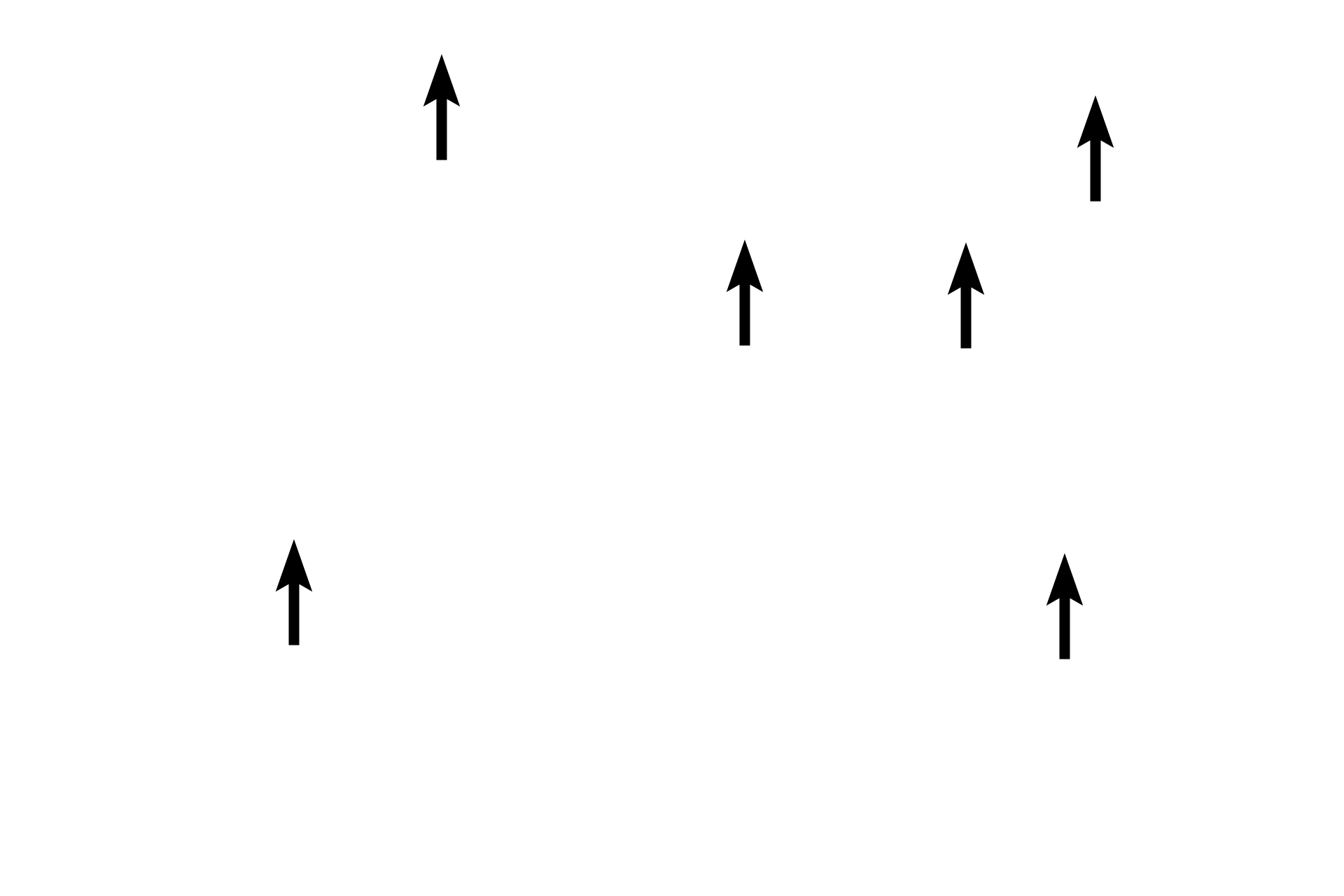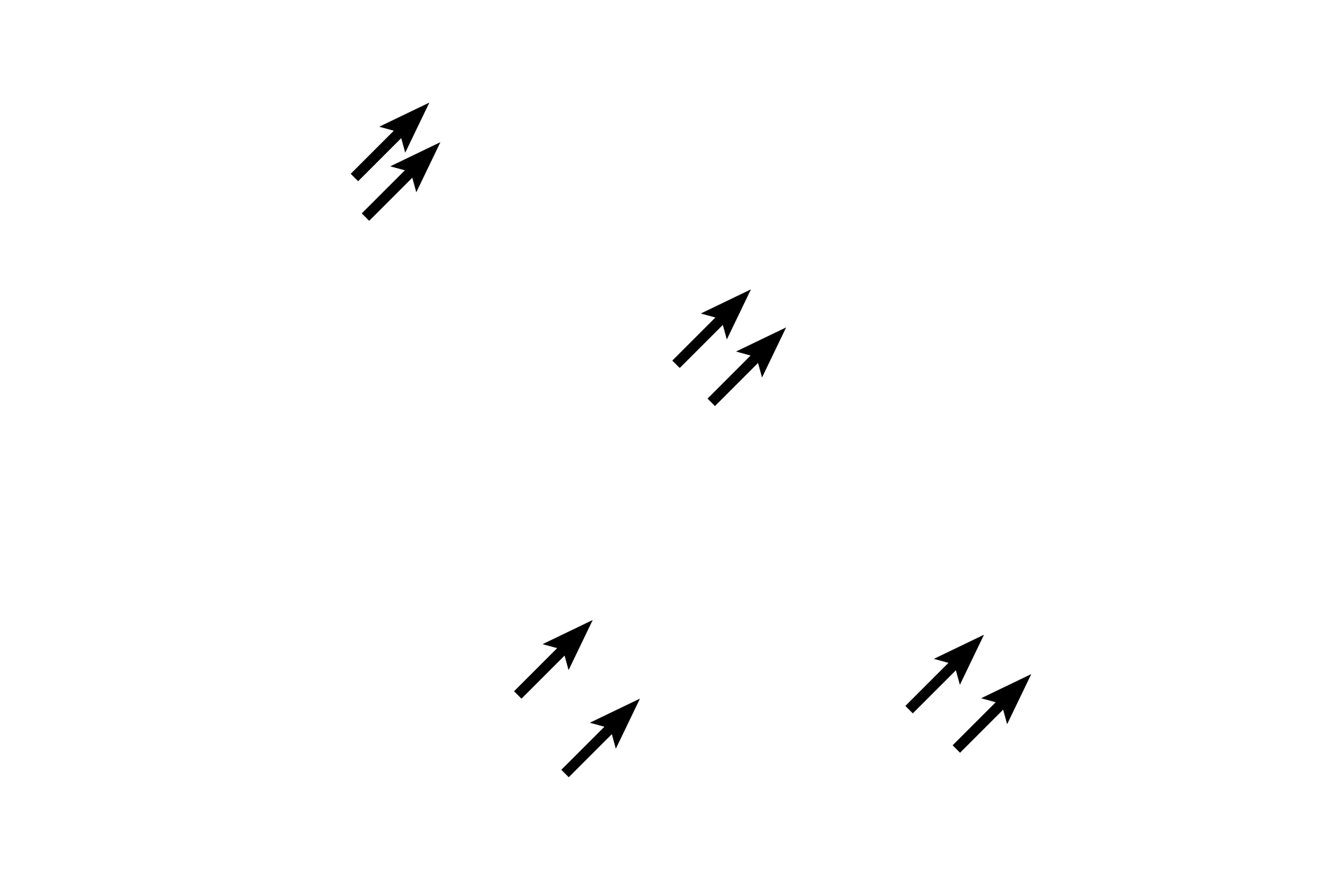
Skeletal muscle
In the previous images, skeletal muscle fibers were shown in cross section. In this image, fibers are shown in longitudinal section. Skeletal muscle fibers are long, uniform cylindrical tubes with multiple nuclei that are peripherally located in the fiber, just beneath the plasma membrane (sarcolemma). Clearly seen in these sections are the prominent striations (cross banding), produced by the alignment and overlap of intracellular myofilaments. 400x (top), 1000x (bottom)

Muscle fibers
In the previous images, skeletal muscle fibers were shown in cross section. In this image, fibers are shown in longitudinal section. Skeletal muscle fibers are long, uniform cylindrical tubes with multiple nuclei that are peripherally located in the fiber, just beneath the plasma membrane (sarcolemma). Clearly seen in these sections are the prominent striations (cross banding), produced by the alignment and overlap of intracellular myofilaments. 400x (top), 1000x (bottom)

Nuclei
In the previous images, skeletal muscle fibers were shown in cross section. In this image, fibers are shown in longitudinal section. Skeletal muscle fibers are long, uniform cylindrical tubes with multiple nuclei that are peripherally located in the fiber, just beneath the plasma membrane (sarcolemma). Clearly seen in these sections are the prominent striations (cross banding), produced by the alignment and overlap of intracellular myofilaments. 400x (top), 1000x (bottom)

Striations >
The striations of skeletal muscle show a regular alternating dark and light pattern. Both skeletal and cardiac muscle fibers are classified as striated and the banding pattern in cardiac muscle is similar. However, the striations are much more prominent in skeletal muscle fibers. The major bands are the A band, I band and Z line.

A bands >
The A band is the dark striation. In the lower image, a pale zone is visible in the center of the A band. This region is called the H band.

I bands >
The I band is the light striation.

- Z lines >
The Z line is a thin band in the center of the I band. Z lines are are not visible in the upper, lower magnification image.

Sarcomeres >
The sarcomere is the region between adjacent Z lines and represents the contractile unit of striated muscle.